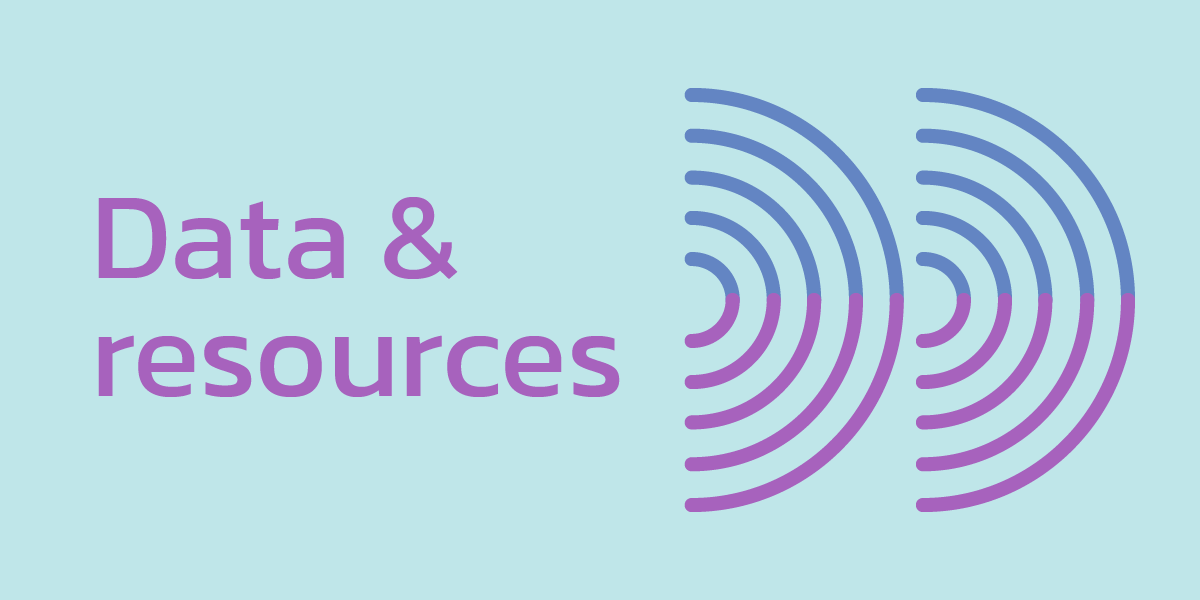
We have been talking to community foundations about the ways they are using the Sustainable Development Goals (SDGs). The goals align naturally with the ethos of ‘thinking global and acting local’. The aim here is to have all community foundations around the world heading in this same direction in support of the SDGs. For this, they need access to neighbourhood data about the Sustainable Development Goals.
The SDGs are more usually referred to in an international context. This is as part of a global agenda to end poverty, protect the environment and improve every person’s life equally and fairly across the globe.
So, how can a global agenda be applied locally?
Many of the community foundations we work with are building the SDGs into their funding activity. This is because they naturally align with many of their goals. In addition, they are a good way to measure and demonstrate their impact.
In this blog, we look at how the SDGs are being implemented domestically. We will also explore how neighbourhood data about the Sustainable Development Goals within Local Insight can be used to monitor progress towards the SDGs.
The Sustainable Development Goals (SDGs) are a set of 17 universal goals. They focus action on ending poverty, protecting the environment and improving every person’s life equally and fairly across the globe. All UN Member States adopted the 17 goals in 2015.
Across the UK these goals are captured in national frameworks set out by the Department for International Development. Policies and priorities are focused on monitoring and delivering these goals at both national and local levels. The goals span all areas of health, wellbeing, poverty, education, gender equality, strong economies, innovation and infrastructure, sustainable environments and climate action.
UK level data for the Global Indicators is reported to the UN by the Office for National Statistics (ONS). The data is open and accessible via the National Reporting Platform. This provides links across all themes of the 17 SDGs to relevant and open data that can be used to monitor progress across all themes at national level across the UK.
Organisations are increasingly setting agendas for their communities in relation to these goals. Therefore, it is increasingly important to explore indicators and data on these themes at smaller levels of geography.
With this in mind, here is a summary of the indicators that are available at small area level in Local Insight, relevant to the 17 SDGs.
This list of the indicators in Local Insight could be useful for keeping track of the progress in your communities across the themes.
Local Insight – Indicators list by SDGs
Indicators have been included where they are
Whilst the indicators have been grouped by SDG there is also some overlap across themes. So, some indicators may be applicable in reference to multiple goals.
There are still gaps in the availability of granular and up-to-date measures. This is particularly the case around measuring inequality, gender equality, educational progress and environmental sustainability.
The government’s ‘Voluntary National Review of progress towards the Sustainable Development Goals‘ addresses such data gaps and stresses the importance of working towards “data which is timely, comprehensive and disaggregated…to continue to drive progress on the Goals and realise the promise to Leave No One Behind”. The ONS, in turn, outlines plans to support these improvements in data provision, including:
We will monitor new developments in open and administrative data with the aim of closing these gaps. As a result we hope to provide a broader overview of indicators for reviewing the SDGs at small area level in future.
Each of these indicators is available on Local Insight and can be:
Sign up for a demo of Local Insight to find out more.
There are also a couple of indicators only available at Local Authority level, particularly around homelessness. These are available to download through the links provided in the table.
Following the release of the second Everybody needs good neighbourhoods report, Stefan…
More
We are proud to have contributed towards the Everybody needs good neighbourhoods…
More
The Community Life Survey (CLS) is an annual survey commissioned by the…
More